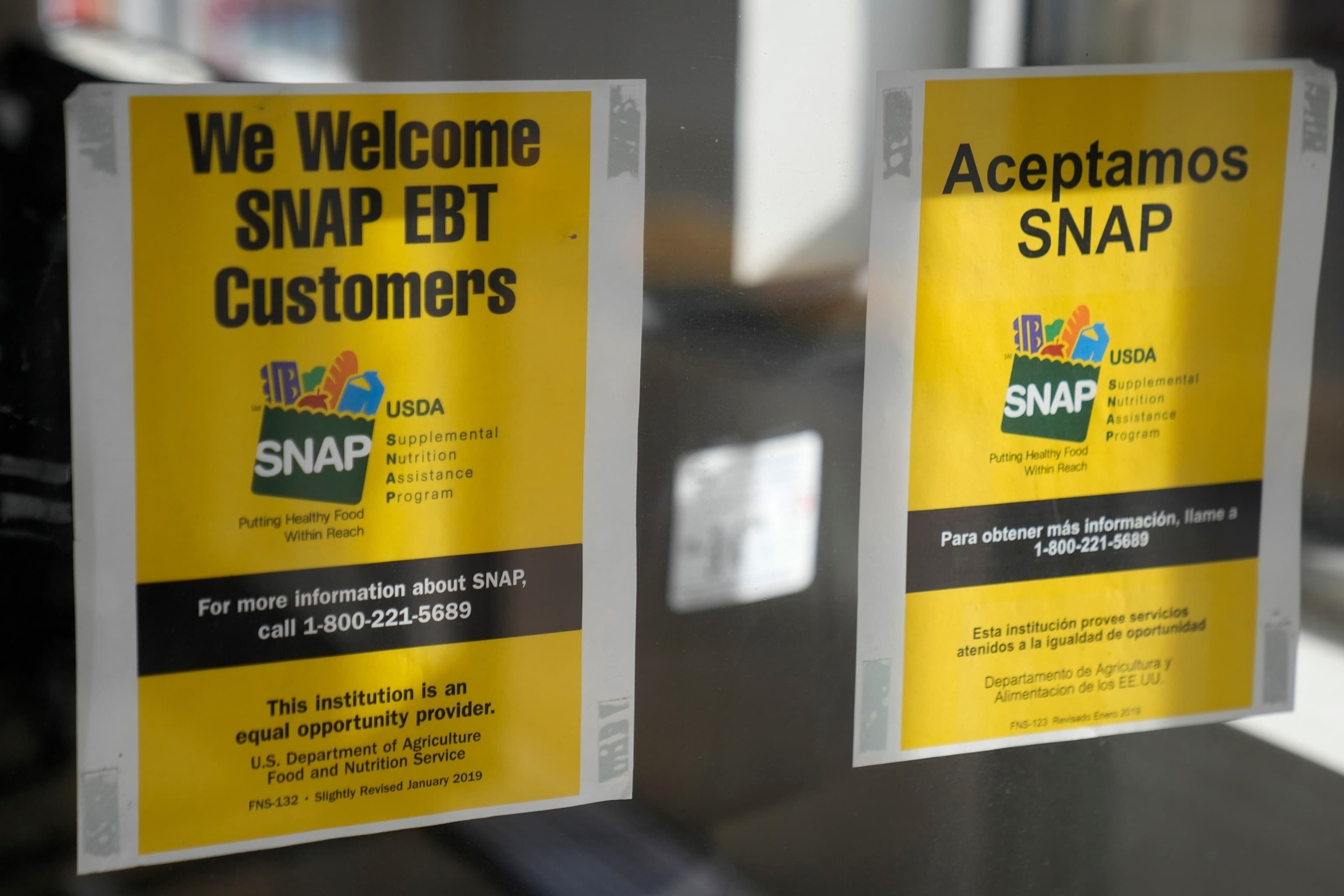35.7 Million Americans Retain Food Stamp Benefits Amid Government Shutdown Following Judge's Order and USDA Action

Washington D.C. – Millions of Americans relying on the Supplemental Nutrition Assistance Program (SNAP), commonly known as food stamps, were assured continued benefits during a prolonged government shutdown, thanks to a federal judge's order and subsequent administrative efforts. These interventions prevented a critical lapse in funding that threatened to impact approximately 35.7 million people nationwide, as reported by the U.S. Department of Agriculture (USDA) for fiscal year 2019. The situation underscored the vulnerability of essential social programs during federal budgetary impasses.
The urgency of the matter was highlighted by media outlets, with The New York Times stating in a social media post, > "Breaking News: A federal judge ordered the Trump administration to continue paying for food stamps during the government shutdown. SNAP, which aids 42 million people, was set to run out of funds on Saturday without intervention." This tweet captured the immediate threat facing beneficiaries across the country.
In a key judicial development, U.S. District Judge Beryl A. Howell issued a temporary restraining order in January 2019. This order specifically directed the Department of Agriculture to reinstate food stamp benefits for thousands of recipients in Georgia, Michigan, Ohio, and Wisconsin, whose payments had been cut off due to the partial government shutdown. Judge Howell's ruling emphasized the necessity of maintaining assistance for vulnerable populations impacted by the federal impasse.
Adding to these measures, the USDA announced that it had identified a method to ensure SNAP benefits would be paid through February 2019, even if the government shutdown persisted. This crucial administrative decision addressed the broader concern that the program's funding was initially only guaranteed through January. The proactive step by the USDA averted a more widespread cessation of benefits for all eligible Americans, mitigating significant anxiety among beneficiaries and advocacy groups.
The government shutdown, which extended from late 2018 into early 2019, created considerable uncertainty for numerous federal programs. The combined actions, encompassing both judicial intervention and the USDA's internal funding solutions, proved instrumental in safeguarding vital food assistance. These efforts ensured that millions of low-income individuals and families continued to receive support during a challenging period of federal budgetary deadlock.